News Center
21 kinds of certification for foreign trade export, see if your product needs?
[ Information Release:Admin | Times:2019-11-15 | Hits:1974 ]
CE
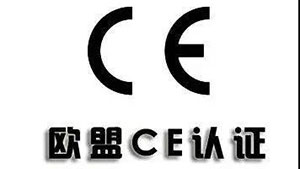
The CE mark is a safety certification mark and is regarded as a passport for manufacturers to open and enter the European market. CE stands for European Unification (CONFORMITE EUROPEENNE). All products with the "CE" logo can be sold in the member states of the European Union, without having to meet the requirements of each member state, thus achieving the free circulation of goods within the EU member states.
RoHS

RoHS is the abbreviation of "Directive on Restriction of Use of Certain Hazardous Substances in Electrical and Electronic Equipment".
RoHS is aimed at all electrical and electronic products that may contain the above six hazardous substances in the production process and raw materials, mainly including: white goods such as refrigerators, washing machines, microwave ovens, air conditioners, vacuum cleaners, water heaters, etc.; black appliances such as audio and video products , DVD, CD, TV receiver, IT products, digital products, communication products, etc.; electric tools, electric electronic toys, medical electrical equipment.
UL
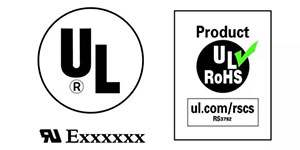
UL is the abbreviation of English Underwriters Laboratory. The UL Safety Testing Institute is the most authoritative in the United States and a larger private institution engaged in safety testing and identification in the industry. It is an independent, non-profit, professional institution that conducts tests for public safety.
It is mainly engaged in product safety certification and business safety certification business, and its ultimate purpose is to provide the market with a fairly high level of safety, and to contribute to the protection of personal health and property safety. In terms of product safety certification as an effective means to eliminate technical barriers to international trade, UL also plays an active role in promoting the development of international trade.
FDA
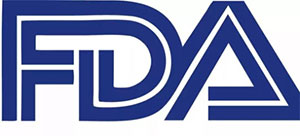
The United States Food and Drug Administration is referred to as FDA. FDA is one of the executive agencies established by the US government in the Department of Health and Human Services and the Department of Public Health. FDA's responsibility is to ensure the safety of foods, cosmetics, pharmaceuticals, biological agents, medical equipment, and radioactive products produced or imported in the United States.
The regulations stipulate that FDA will assign a special registration number to each applicant for registration. Food exported by foreign agencies to the United States must be notified to the US Food and Drug Administration 24 hours before arriving at the US port, otherwise they will be refused entry And detained at the port of entry.
FCC
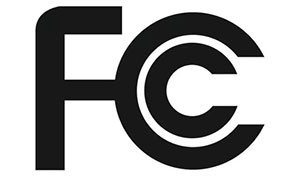
The FCC (Federal Communications Commission) was established by an independent agency of the US government and is directly responsible to Congress. The FCC coordinates domestic and international communications by controlling radio broadcasting, television, telecommunications, satellites and cables.
Many radio applications, communications products, and digital products require the FCC's approval to enter the US market.
Federal Communications Commission (FCC)-regulates the import and use of radio frequency devices, including computers, fax machines, electronic devices, radio reception and transmission equipment, radio-controlled toys, telephones, personal computers, and other products that may harm personal safety
If these products are to be exported to the United States, they must be tested and approved by government-authorized laboratories in accordance with FCC technical standards. Importers and customs agents declare that each radio frequency device must comply with the FCC standard, which is the FCC license.
CCC
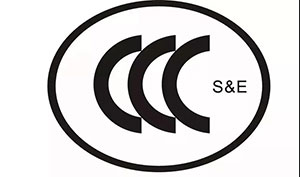
According to China’s WTO commitments and the principle of national treatment, the state uses a unified mark for mandatory product certification. The name of the new national mandatory certification mark is "China Compulsory Certification", the English name is "China Compulsory Certification", and the English abbreviation is "CCC".
After the implementation of China's mandatory certification mark, it will gradually replace the original "Great Wall" mark and "CCIB" mark.
CSA
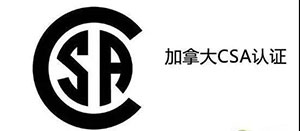
CSA is the abbreviation of Canadian Standards Association. Founded in 1919, CSA is the first non-profit organization in Canada to formulate industrial standards. Electronics and electrical appliances sold on the North American market require safety certification.
CSA is currently Canada’s largest safety certification body and one of the most famous safety certification bodies in the world. It can provide safety certification for all types of products in machinery, building materials, electrical appliances, computer equipment, office equipment, environmental protection, medical fire safety, sports and entertainment.
CSA has provided certification services to thousands of manufacturers all over the world. Each year, hundreds of millions of products bearing the CSA logo are sold in the North American market.
BSI
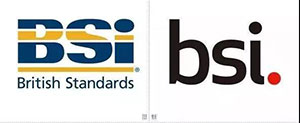
British Standards Institution British Standards Institution The British Standards Institution (BSI) is the world's earliest national standardization institution. It is not controlled by the government but is strongly supported by the government. BSI develops and revises British standards and promotes their implementation
DIN
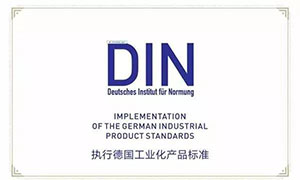
German Standardization Institute DeutschesInstitut fur Normung. DIN is the German standardization authority. As a national standardization organization, it participates in international and regional non-governmental standardization organizations.
DIN joined the International Organization for Standardization in 1951. The German Electrotechnical Commission (DKE), jointly formed by DIN and the German Institute of Electrical Engineers (VDE), represents Germany on the International Electrotechnical Commission. DIN is also the European Committee for Standardization and the European Electrotechnical Standard.
EMC
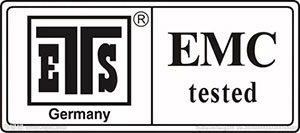
Electromagnetic compatibility (EMC) of electronic and electrical products is a very important quality index. It not only relates to the product's working reliability and safety, but also may affect the normal operation of other equipment and systems. Protection of the electromagnetic environment.
The European Union government stipulates that from January 1, 1996, all electrical and electronic products must pass the EMC certification and be affixed with the CE mark before they can be sold on the European Community market.
This move has caused widespread impact in the world, and governments have taken measures to implement mandatory management of the EMC performance of electrical and electronic products. The most influential in the world is the European Union 89/336/EEC.
In June 1991, the China Electrotechnical Product Certification Committee was accepted by the International Electrotechnical Commission Electrotechnical Product Safety Certification Organization (IECEE) Management Committee (MC) as a national certification body that recognized and issued CB certificates.
CB
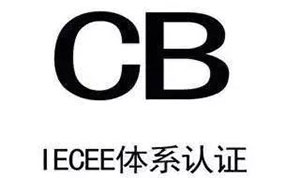
9 affiliated testing stations are accepted as CB laboratories (certification body laboratories). As long as the company obtains the CB certificate and test report issued by the committee, 30 member countries within the IECEE-CCB system will be recognized It basically eliminates the need to send samples to the importing country for testing, which saves cost and time and obtains the certification certificate of the country, which is extremely beneficial to export products.
PSE
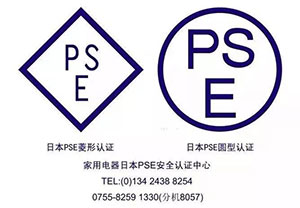
PSE is a certification mark given by Japan JET for electronic and electrical products that comply with Japanese safety regulations. According to Japan's DENTORL Law (Electrical Device and Material Control Law), 498 products entering the Japanese market must pass safety certification.
GS
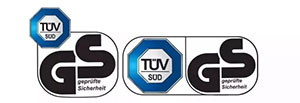
The GS mark is a safety certification mark issued by TUV, VDE and other agencies authorized by the German Ministry of Labor. The GS mark is a safety mark accepted by European customers. Generally, the unit price of GS certified products is higher and more popular.
ISO
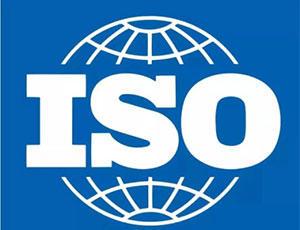
The International Organization for Standardization is the world's largest non-governmental standardization specialization organization, which occupies a leading position in international standardization.
ISO formulates international standards, coordinates worldwide standardization work, organizes member states and technical committees to exchange information, and cooperates with other international organizations to jointly study related standardization issues.
HA
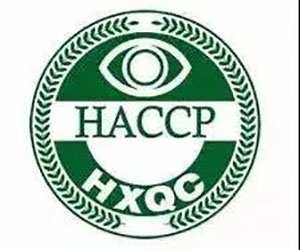
HA is the abbreviation of "Hazard Analysis Critical Control Point", that is, hazard analysis and critical control point. The HA system is considered to be the best and most effective management system for controlling food safety and flavor quality.
The international standard CAC/RCP-1 "General Principles of Food Hygiene 1997 Revision 3" defines HA as: a system for identifying, evaluating and controlling hazards critical to food safety.
GMP
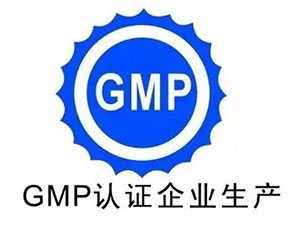
GMP is the abbreviation of Good Manufacturing Practice in English. It is a kind of special emphasis on the management of food hygiene and safety in the production process.
In brief, GMP requires that food production enterprises should have good production equipment, reasonable production processes, perfect quality management and strict testing systems to ensure that the quality of final products (including food safety and hygiene) meets regulatory requirements. The content stipulated by GMP is the most basic condition that food processing enterprises must meet.
REACH
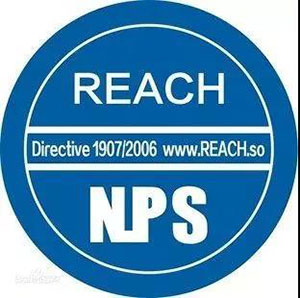
REACH is the abbreviation of EU Regulations "Registration, Evaluation, Authorization and Restriction of Chemicals". It is a chemical supervision system established by the European Union and implemented on June 1, 2007.
Any product must have a registration file that lists the chemical ingredients, and explain how the manufacturer uses these chemical ingredients and a toxicity assessment report. All information will be entered into a database under construction, which is managed by the European Chemical Agency, a new EU agency in Helsinki, Finland.
Halal
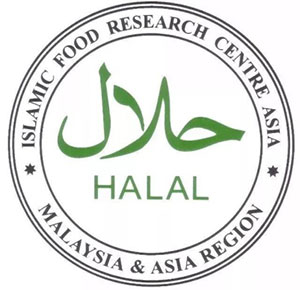
Halal, the original meaning is "legal", the Chinese translation is "halal", that is, food, medicine, cosmetics and food, medicine, cosmetic additives that meet Muslim lifestyles and needs.
The Muslim country Malaysia has always been committed to the development of the halal industry. The halal certification issued by them has a high international credibility and is trusted by the Muslim public. Including the North American and European markets, they have gradually realized the great potential of halal products, spared no effort to start the development and production of related products, and have formulated corresponding standards and procedures for halal certification.
C/A-tick
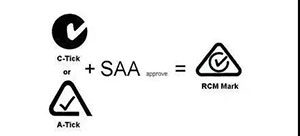
C/A-tick is a certification mark issued by the Australian Communications Authority (ACA) for communication equipment. C-tick certification cycle: 1-2 weeks.
Manufacturers and importers must follow the steps below to use A/C-Tick:
1. The product performs ACAQ technical standard test; 2. Register with ACA, then use A/C-Tick; 3. Fill in the "Conformity Declaration Form" and keep it with the product compliance record; 4. In the communication product or equipment The A/C-Tick logo is affixed to the logo; 5. The A-Tick certification sold to consumers is only applicable to communication products. Most electronic products are applied for C-Tick, but if electronic products are applied for A-Tick, they are not Need to apply for C-Tick separately.
Australia's EMC system divides products into three levels. Suppliers must register with ACA and apply for the C-Tick mark before selling level 2 and level 3 products.
SAA
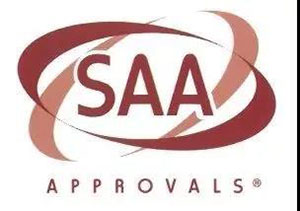
SAA certification is Australia’s standard body for the Standards Association of Australian certification, so many friends call the Australian certification SAA.
SAA is an electrical product that enters the Australian market must comply with local safety regulations, that is, the certification that the industry often faces.
There are two main signs of SAA, one is form approval and the other is standard sign. The formal certification can only be responsible for the samples, and the standard mark needs to be reviewed for each factory.
At present, there are two ways to apply for SAA certification in China. One is to transfer through the CB test report. If there is no CB test report, you can also apply directly.
Under normal circumstances, IT AV lamps and small household appliances common products apply for Australian SAA certification cycle is 3-4 weeks, if the product quality does not meet the standards, the date may be extended. When submitting the report to Australia for review, you need to provide the SAA certificate of the product plug (mainly for products with plugs), otherwise it will not be processed. The SAA certificate of important components in the product, such as the lamp needs to provide the SAA certificate of the transformer in the lamp If it is not provided, Australia will fail to review the information.
BSMI
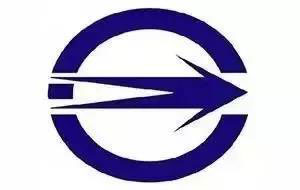
BSMI is the abbreviation of "Bureau of Standards, Metrology and Inspection" in English by Taiwan Bureau of Standards and Inspection.
According to the announcement of the Ministry of Economic Affairs of Taiwan, from July 1, 2005, products entering the Taiwan region shall be subject to two aspects of electromagnetic compatibility and safety regulations.
China Taiwan BSMI certification is mandatory. He has requirements for EMC and SAFETY. However, BSMI currently does not have factory inspections, but must follow the regulations of the Bureau of Standards. Therefore, the BSMI certification model is: product inspection + registration supervision.